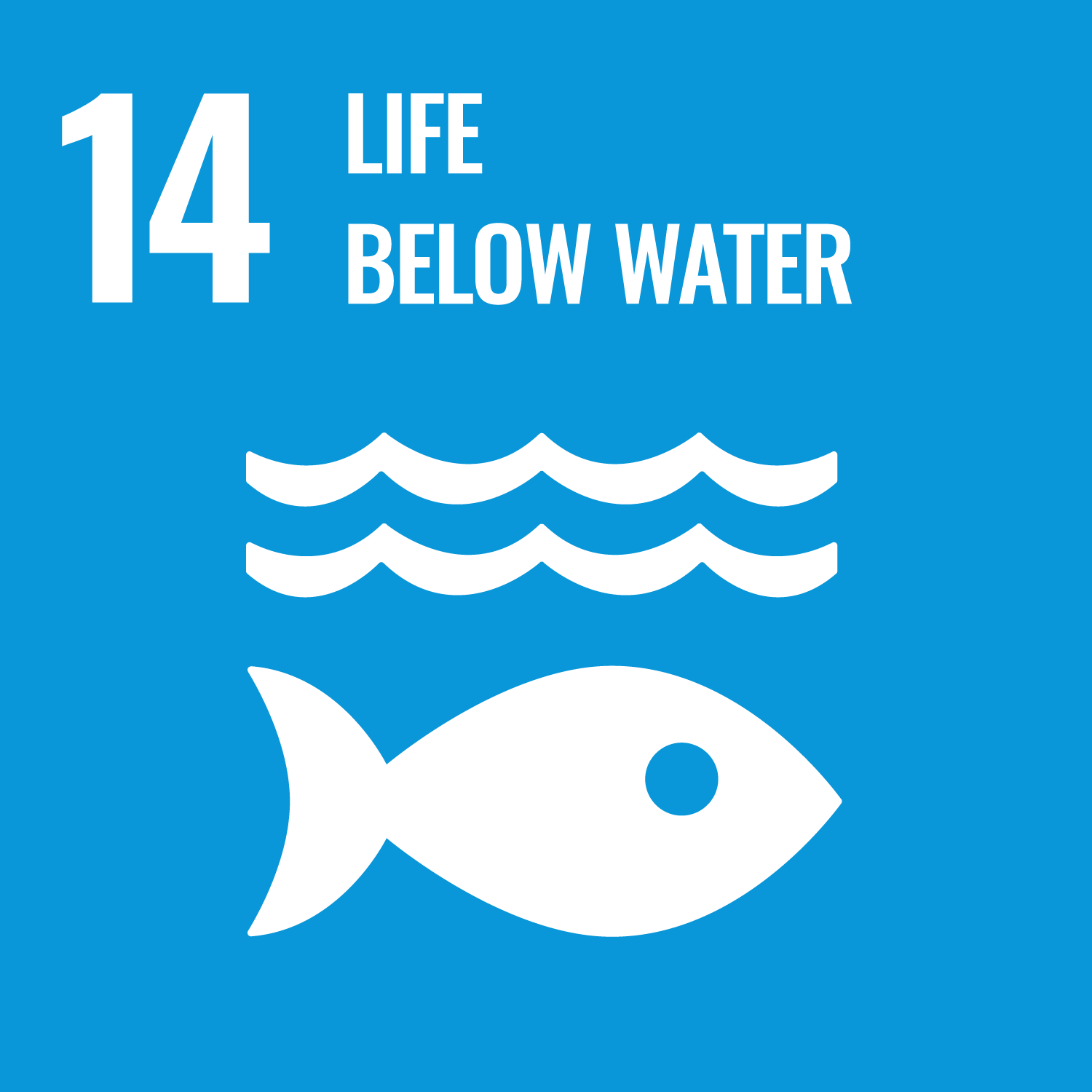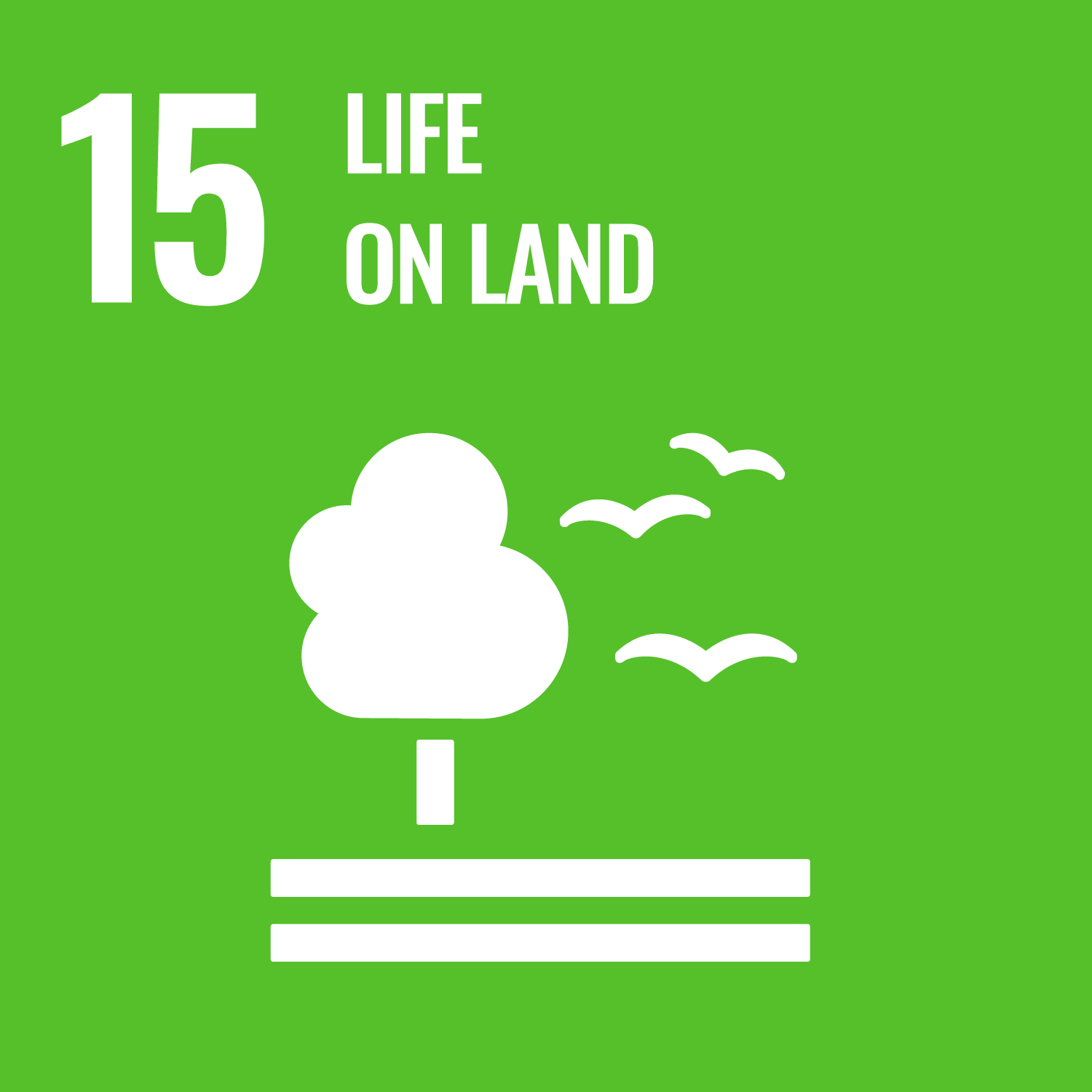Strauß, L. orcid.org/0000-0002-6216-062X, de Lima, R.F., Baker, T.R. orcid.org/0000-0002-3251-1679 et al. (10 more authors) (2024) Widespread introduced species dominate the urban tree assemblage on the endemic-rich tropical island of São Tomé. Ecology and Evolution, 14 (9). e70153. ISSN 2045-7758
Abstract
The Afrotropics are experiencing some of the fastest urbanisation rates on the planet but the impact of city growth on their rich and unique biodiversity remains understudied, especially compared to natural baselines. Little is also known about how introduced species influence β-diversity in these contexts, and how patterns coincide with native ranges of species. Here we investigated how tree assemblages of the endemic-rich Afrotropical island of São Tomé differed between urban, rural and natural zones. These were primarily characterised by urban greenspaces, shade plantations, and old-growth forests, respectively. Based on 81 transects, we assessed biodiversity metrics of endemic, native and introduced species. Tree abundance and species richness were highest in the natural zone, where the composition was most different from the urban zone. The tree community of the rural zone was the most uneven and had the least variation among transects, representing the lowest β-diversity. The urban zone was dominated by introduced species (57.7%), while the natural zone hosted almost exclusively native species (93.3%), including many endemics (26.1%). The biogeographic realms that species originated from were particularly diverse in the urban zone, with few species from the Afrotropics. In contrast to native and endemic trees, introduced trees were clearly associated with urban and rural expansion, as they were much more abundant and species-rich in these zones than in the natural zone, facilitating biotic homogenisation. These findings highlight how urban and rural environments are affecting the native tree flora of São Tomé, and the need for conservation measures geared towards globally threatened and endemic tree species. Importantly, these require the protection of natural forests, despite the rising land demands for settlements and agriculture. Ultimately, such action to conserve endemic trees will contribute to global efforts to prevent further biodiversity declines.
Metadata
| Item Type: | Article |
|---|---|
| Authors/Creators: |
|
| Copyright, Publisher and Additional Information: | © 2024 The Author(s). This is an open access article under the terms of the Creative Commons Attribution License (CC-BY 4.0), which permits unrestricted use, distribution and reproduction in any medium, provided the original work is properly cited. |
| Keywords: | Afrotropical forest, anthropogenic gradient, NMDS, oceanic island, urban ecology, urbanisation |
| Dates: |
|
| Institution: | The University of Leeds |
| Academic Units: | The University of Leeds > Faculty of Environment (Leeds) > School of Geography (Leeds) > Ecology & Global Change (Leeds) The University of Leeds > Faculty of Environment (Leeds) > School of Earth and Environment (Leeds) |
| Depositing User: | Symplectic Publications |
| Date Deposited: | 04 Oct 2024 09:20 |
| Last Modified: | 04 Oct 2024 09:20 |
| Status: | Published |
| Publisher: | Wiley |
| Identification Number: | 10.1002/ece3.70153 |
| Related URLs: | |
| Sustainable Development Goals: | |
| Open Archives Initiative ID (OAI ID): | oai:eprints.whiterose.ac.uk:217930 |



 CORE (COnnecting REpositories)
CORE (COnnecting REpositories) CORE (COnnecting REpositories)
CORE (COnnecting REpositories)